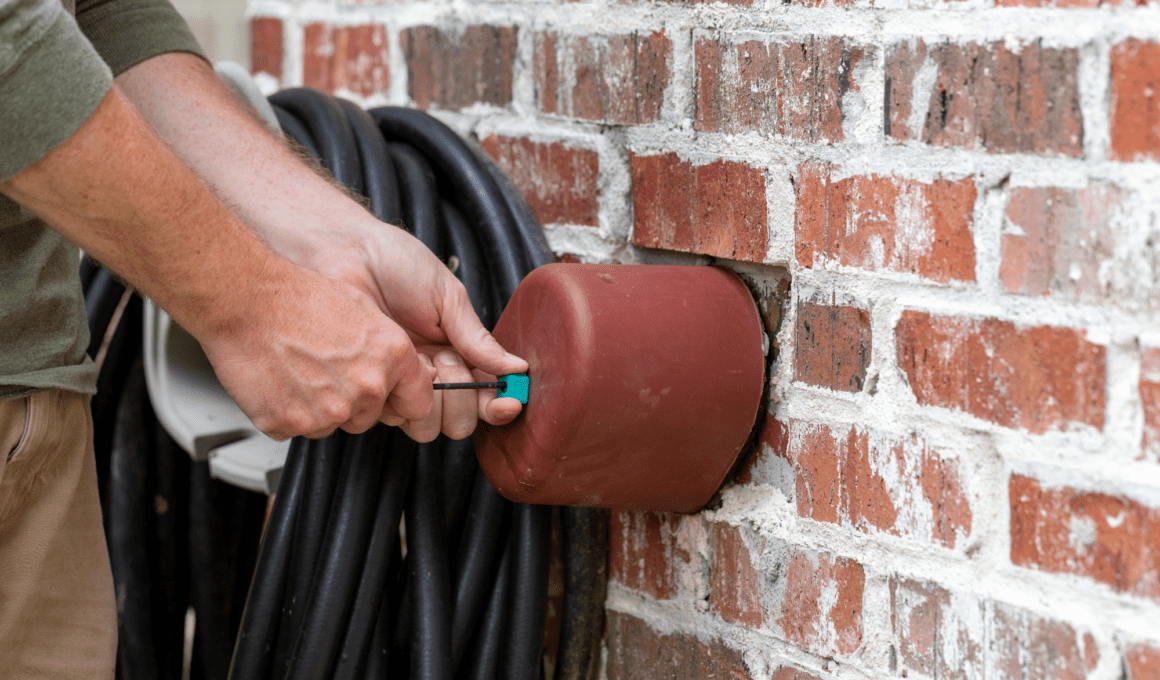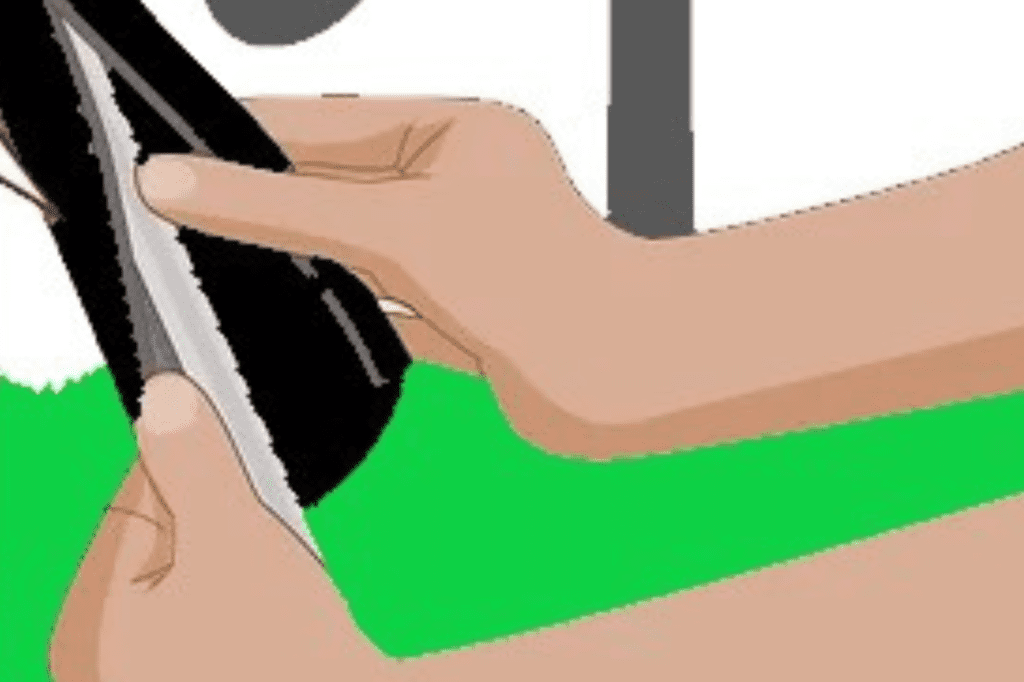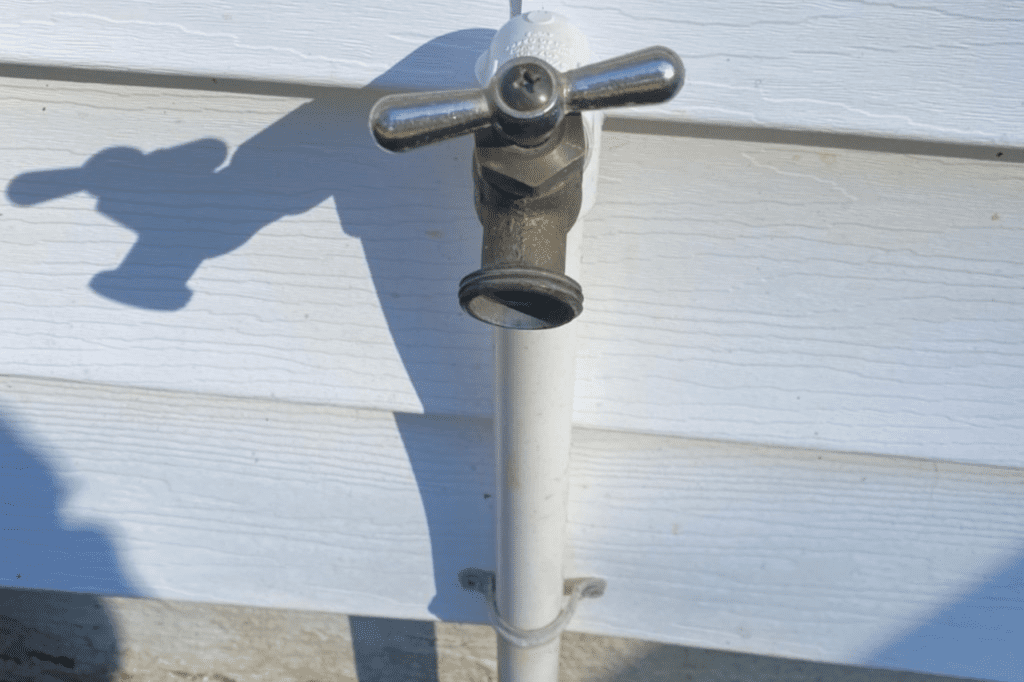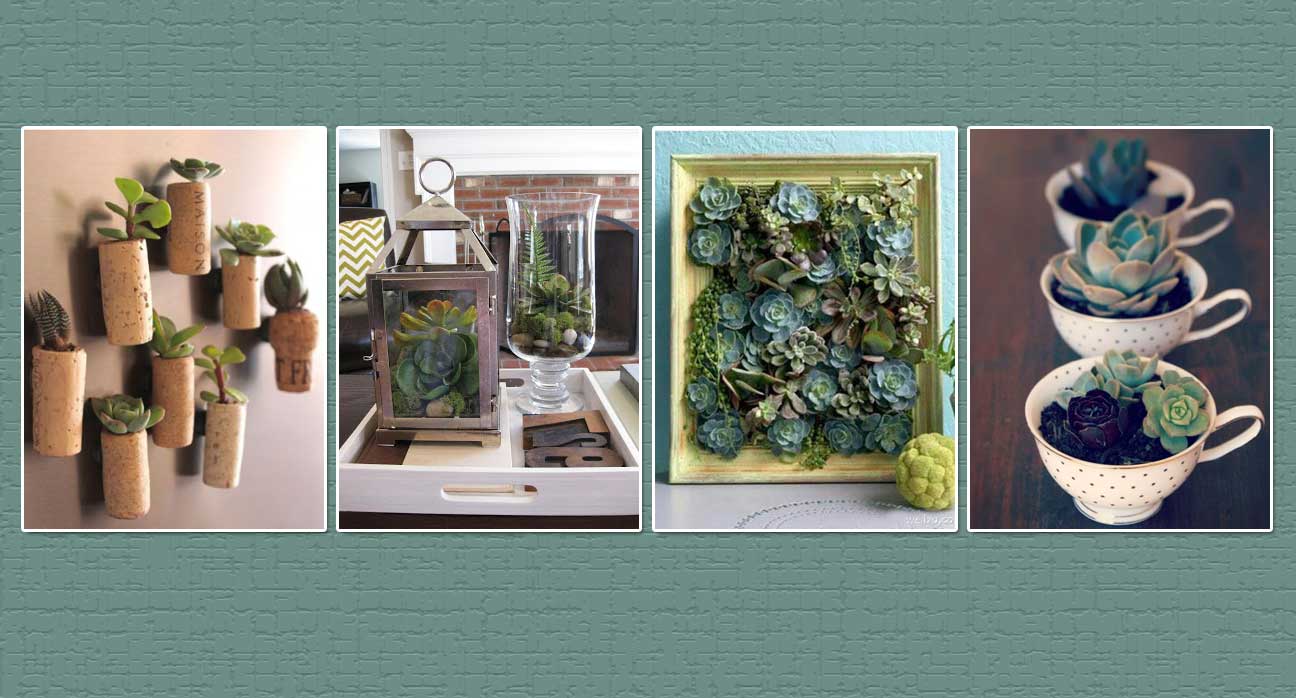Are you worried about your outside faucets freezing during the cold winter months? Well, worry no more! In this article, we will guide you through simple and effective steps to protect your outside faucets and prevent them from freezing.
By following these safety measures, you can avoid costly repairs and ensure the smooth functioning of your outdoor water supply.
Firstly, insulate your faucets using foam faucet covers or heat tape. This will provide an extra layer of protection against the freezing temperatures.
Secondly, disconnect and drain your hoses, as any remaining water can freeze and cause damage to your pipes. Additionally, install faucet covers to shield them from extreme weather conditions.
Furthermore, consider using heat tape or pipe insulation to keep your pipes warm and prevent freezing. Another helpful tip is to keep your faucets dripping slightly, as flowing water is less likely to freeze. Moreover, open cabinets to allow warm air circulation around your pipes.
Lastly, make sure to shut off and drain your outdoor water supply before winter arrives, and schedule regular maintenance checks to detect and fix any potential issues.
By implementing these safety measures, you can protect your outside faucets and ensure a worry-free winter season.
Quick Summary
- Insulate faucets with foam covers or heat tape
- Disconnect and drain hoses to prevent water from freezing and causing damage
- Use faucet covers for added protection against extreme weather conditions
- Schedule regular maintenance checks to detect and fix potential issues
Insulate Your Faucets
Don’t let frozen faucets ruin your winter! Insulate your faucets to protect them from freezing temperatures. Prevent freezing by taking the necessary steps to winterize your faucets.
As the cold weather approaches, it’s important to ensure that your outside faucets are well insulated. Start by wrapping your faucets with insulation tape or foam covers. This will provide a layer of protection against the cold air. Make sure to cover the entire faucet, including the handle and any exposed pipes. Insulation tape is easy to use and can be found at most hardware stores.
Next, disconnect any hoses or attachments from the faucets. Leaving them attached can cause water to freeze and expand, potentially damaging your faucets. Store the hoses in a dry place to prevent them from freezing as well.
Consider installing a faucet cover or faucet sock for added protection. These covers are specifically designed to shield your faucets from freezing temperatures. They’re easy to install and can provide an extra layer of insulation.
Lastly, if you have any outdoor faucets that aren’t in use during the winter, shut off the water supply and drain the pipes. This will prevent any remaining water from freezing and causing damage.
By following these simple steps, you can prevent freezing and protect your outside faucets from the harsh winter weather. Stay safe and enjoy a worry-free winter season!
Disconnect and Drain Hoses
To prevent any potential damage, it’s important to disconnect and drain your hoses before the colder temperatures arrive. By doing so, you can effectively protect your outside faucets from freezing.
When water freezes inside the hoses, it expands and puts pressure on the pipes, which can lead to cracks or bursts. Don’t wait until it’s too late – take action now to avoid costly repairs later.
Start by turning off the water supply to the faucets. Then, disconnect the hoses from the faucets and allow any remaining water to drain out completely. Make sure to remove any attachments, such as sprayers or nozzles, and store them indoors to prevent freezing.
By disconnecting and draining your hoses, you are not only preventing frozen pipes but also practicing water conservation strategies. Instead of wasting water by letting it sit in the hoses and potentially freezing, you are taking steps to conserve this valuable resource.
Additionally, by storing your hoses properly, you are extending their lifespan and ensuring they will be ready for use when the warmer weather returns.
Remember, prevention is key when it comes to protecting your outside faucets. So, take the time to disconnect and drain your hoses before the colder temperatures arrive. Your wallet and the environment will thank you.
Stay safe and be proactive!
Install Faucet Covers
Make sure you keep your outside faucets safe from the winter chill by installing faucet covers – it’s a simple and effective way to safeguard your plumbing system.
Winterizing outdoor plumbing is crucial to prevent frozen pipes and costly repairs. Here are four reasons why installing faucet covers is important:
- Protection against freezing: Faucet covers act as a barrier, shielding your outdoor faucets from freezing temperatures. By insulating them, you reduce the risk of pipes bursting due to ice expansion.
- Prevention of water damage: When water freezes inside your pipes, it expands and can cause them to crack or burst. This can lead to significant water damage inside your home. By using faucet covers, you minimize the chances of this happening.
- Savings on repairs: Repairing burst pipes can be expensive, and the damage caused by water leaks can be extensive. By investing in faucet covers, you can save yourself from these costly repairs and potential insurance claims.
- Prolonged faucet lifespan: Frost-proof faucets are designed to withstand freezing temperatures, but they still benefit from additional protection. By installing faucet covers, you extend the lifespan of your outdoor faucets, ensuring they continue to function properly for years to come.
Don’t overlook the importance of frost-proof faucets and winterizing your outdoor plumbing. Install faucet covers today to keep your outside faucets safe from freezing and maintain a well-protected plumbing system.
Use Heat Tape or Pipe Insulation
Ensure the longevity of your outdoor plumbing system by utilizing heat tape or pipe insulation to safeguard against cold temperatures. When the winter season arrives, it’s crucial to protect your outside faucets from freezing, as this can lead to costly damage and repairs.
While heat tape is a popular option for preventing freezing, there are also alternative methods that can be just as effective. One such alternative is pipe insulation, which provides numerous benefits.
Pipe insulation acts as a protective barrier, helping to retain heat and prevent freezing. It’s made from materials like foam or rubber and is easy to install. By insulating your outdoor pipes, you can keep them warm and ensure that water continues to flow freely, even in frigid temperatures.
Additionally, pipe insulation helps to conserve energy by reducing heat loss, which can result in lower utility bills. Another benefit of pipe insulation is that it’s an affordable option compared to heat tape. While heat tape can be effective, it can also be expensive to purchase and install. Pipe insulation, on the other hand, is a cost-effective solution that provides reliable protection against freezing.
By considering heat tape alternatives like pipe insulation, you can safeguard your outdoor faucets from freezing and avoid the headaches and expenses associated with burst pipes. Take the necessary steps to protect your plumbing system today and enjoy a worry-free winter season.
Keep Faucets Dripping
Keep your faucets dripping to prevent them from freezing. Winterizing your faucets is an important step in protecting your home from potential damage during the cold winter months. By keeping your faucets dripping, you can ensure that the water inside the pipes is constantly flowing and less likely to freeze. Here are some key reasons why you should consider this simple yet effective method:
- Continuous flow: Allowing a small amount of water to flow through the faucets helps prevent the water from becoming stagnant and freezing inside the pipes.
- Pressure relief: Dripping faucets provide a release for any built-up pressure in the pipes, reducing the risk of pipe bursts or leaks.
- Temperature regulation: Moving water generates heat, so keeping the faucets dripping helps maintain a higher overall temperature inside the pipes.
To prevent freezing and winterize your faucets properly, follow these steps:
- Identify all exterior faucets and make sure they’re in good working condition.nn2. Turn off the water supply to the faucets from inside your home.nn3. Open the faucets fully to allow any remaining water to drain out.nn4. Leave the faucets slightly open to allow a slow drip to continue throughout the winter.
By taking these precautions and keeping your faucets dripping, you can protect your plumbing system and avoid costly repairs due to frozen pipes. Stay safe and warm this winter!
Open Cabinets to Allow Warm Air Circulation
To enhance the circulation of warm air inside your home during the winter months, consider opening the cabinets where your pipes are located. This simple step can help prevent your outside faucets from freezing and bursting, saving you from costly repairs and potential water damage.
By allowing warm air to flow freely around the pipes, you create a protective barrier against the cold temperatures outside. When winterizing outdoor plumbing, weatherproofing techniques are crucial. By opening the cabinets, you allow the warm air from your home’s heating system to reach the pipes, keeping them above freezing temperatures. This is especially important for pipes located on exterior walls or in unheated areas of your home, as they are more susceptible to freezing.
Remember, the goal is to maintain a steady flow of warm air around the pipes. Make sure to keep the cabinets open for the duration of the winter season. Additionally, consider insulating the pipes with foam pipe insulation or heat tape for added protection.
By taking these simple steps, you can safeguard your outside faucets from freezing and ensure the safety of your home. Stay proactive in winterizing your plumbing to avoid any potential problems.
Shut Off and Drain Outdoor Water Supply
Don’t let the winter chill wreak havoc on your outdoor water supply – shut it off and drain it to avoid potential disaster.
Winterizing tips for preventing frozen pipes are crucial to keep your outside faucets safe during the cold months. When temperatures drop below freezing, the water inside your outdoor pipes can freeze, causing them to burst and resulting in costly repairs. To prevent this from happening, it’s essential to shut off the outdoor water supply and drain any remaining water.
Start by locating the shut-off valve for your outdoor water supply, usually found in the basement or crawl space. Turn it off to stop the flow of water to the outside faucets. Next, open all the outdoor faucets and let them drain completely. Don’t forget to disconnect and drain any hoses or sprinklers as well.
By shutting off and draining the outdoor water supply, you’re taking a proactive step in safeguarding your pipes from freezing and potential damage. These simple winterizing tips can help you enjoy a worry-free winter without any plumbing issues.
Stay safe and warm!
Schedule Regular Maintenance Checks
Regular maintenance checks are essential to ensure the proper functioning and longevity of your outdoor water supply. By conducting regular inspections and implementing winterization techniques, you can protect your outside faucets from freezing and potential damage.
Here are four important steps to include in your maintenance routine:
- Inspect for leaks: Check your outdoor faucets for any signs of leaks or drips. Even a small leak can lead to freezing and costly repairs. If you find any leaks, promptly fix them to prevent further damage.
- Insulate pipes: To protect your outdoor water supply from freezing temperatures, consider insulating your pipes. Use foam pipe insulation or heat tape to cover exposed pipes. This will help maintain the temperature and prevent freezing.
- Drain and disconnect hoses: Before winter arrives, make sure to drain and disconnect all hoses from your outdoor faucets. This will prevent water from pooling and freezing, which can cause damage to both the hoses and the faucets.
- Use faucet covers: Invest in faucet covers to provide an extra layer of protection. These covers are designed to insulate and shield your outdoor faucets from freezing temperatures and harsh weather conditions.
By incorporating these regular maintenance checks and winterization techniques into your routine, you can safeguard your outside faucets and ensure they remain in optimal condition throughout the winter season.
Frequently Asked Questions
Can I use any type of insulation to protect my outside faucets?
To protect your outside faucets from freezing, it’s important to choose the right insulation alternatives. Follow best practices by using foam faucet covers or wrapping with insulation tape. These methods will ensure the safety of your faucets during cold weather.
How often should I check the faucet covers to make sure they are still in good condition?
To ensure the safety of your outside faucets, it is important to regularly check the faucet covers for any signs of damage or wear. Inspect them at least once a month to ensure they are still in good condition and providing adequate protection.
Are there any specific brands or types of heat tape or pipe insulation that you recommend?
For recommended brands or types of heat tape, consider Frost King or EasyHeat. When it comes to pipe insulation, options like foam or fiberglass can provide good protection. Foam is easy to install while fiberglass offers better insulation.
Should I keep all my faucets dripping or just the ones on the exterior walls?
To prevent freezing, it’s best to keep all your faucets dripping, not just the ones on exterior walls. This allows a constant flow of water, reducing the chances of freezing and potential damage to your pipes. Stay safe!
Is it necessary to shut off and drain the outdoor water supply if I live in a mild climate?
To ensure the safety of your outdoor water supply in mild climates, it is beneficial to shut off and drain it. However, if you prefer an alternative method, consider insulating the outdoor faucets for added protection.
Conclusion
In conclusion, protecting your outside faucets from freezing is crucial to prevent damage and costly repairs. By insulating your faucets, disconnecting and draining hoses, installing faucet covers, using heat tape or pipe insulation, keeping faucets dripping, opening cabinets for warm air circulation, and shutting off and draining the outdoor water supply, you can ensure that your faucets stay safe during freezing temperatures.
Remember to schedule regular maintenance checks to catch any issues early on. Stay proactive and take the necessary steps to protect your outside faucets.











